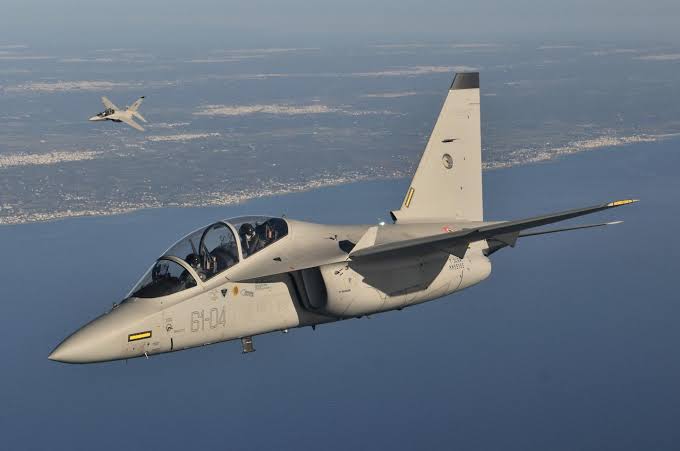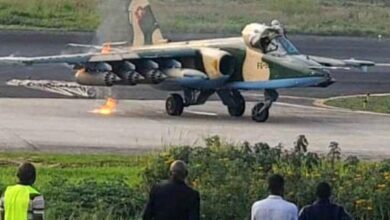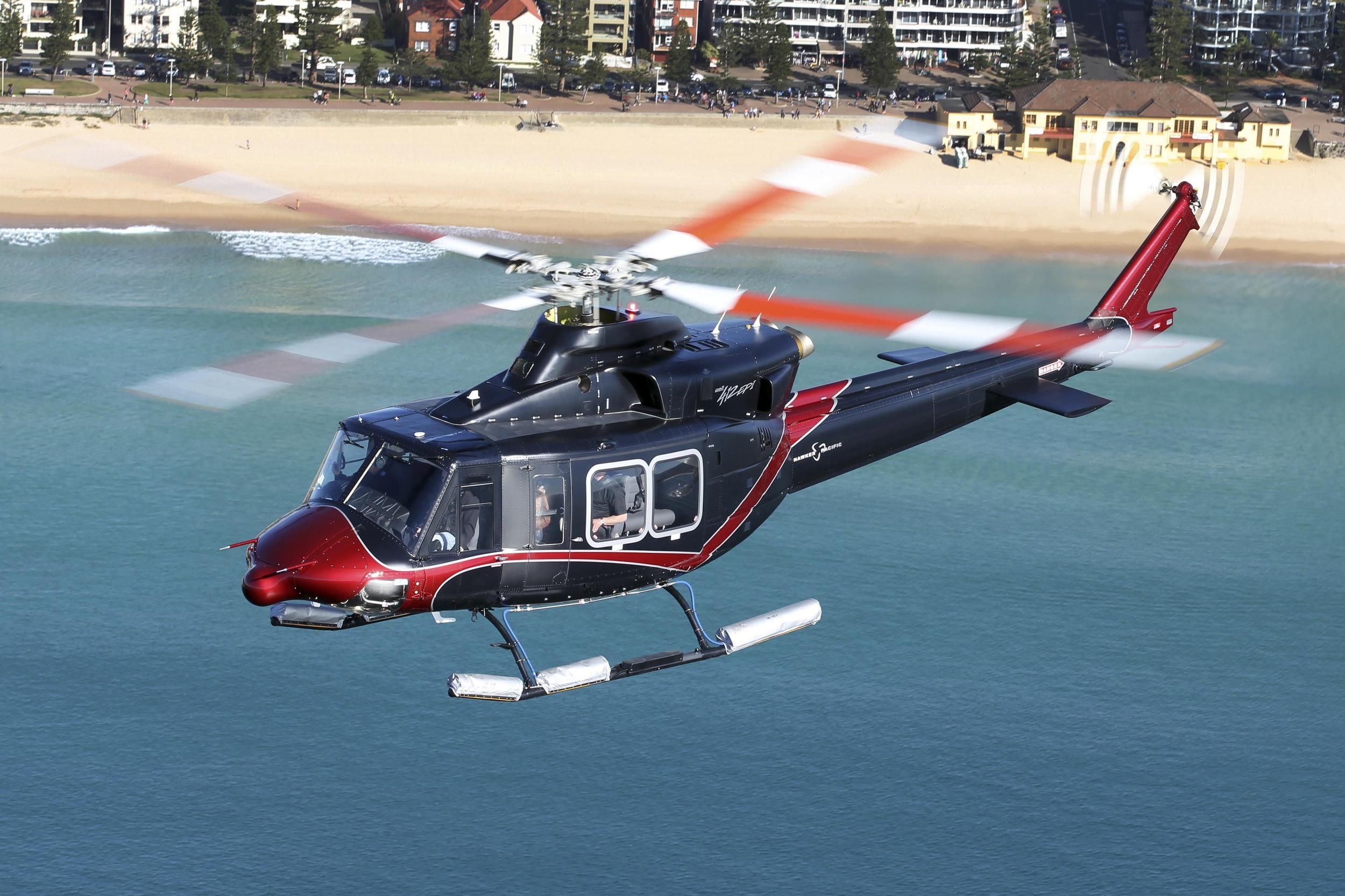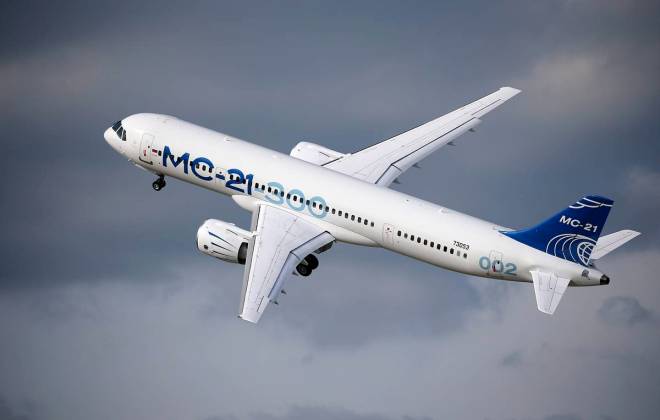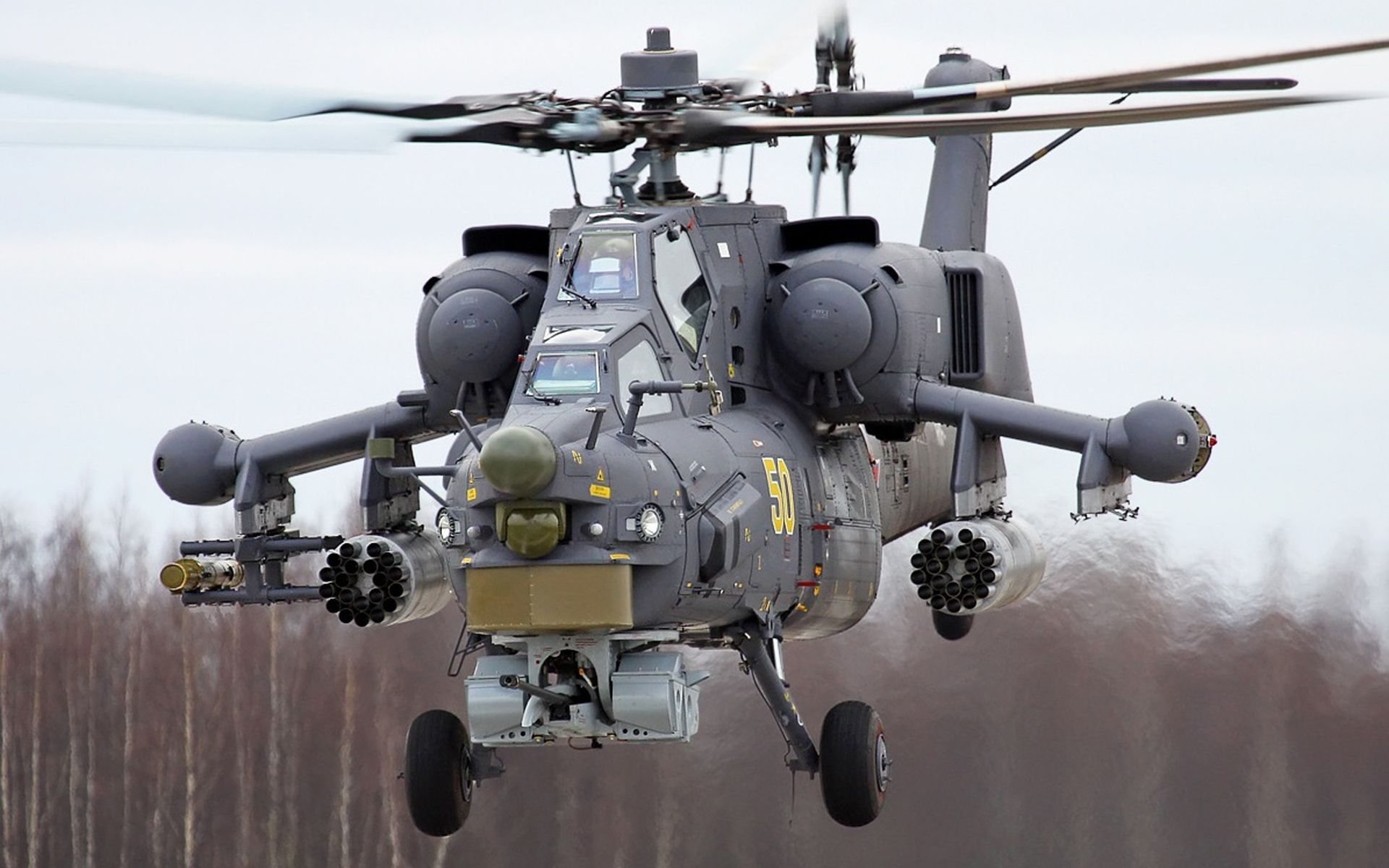
The UPDF has beefed up its Air force power by acquiring a new-generation Russian made Mil Mi-28 attack helicopter currently stationed at the Air force base in Entebbe.
The Mil Mi-28with NATO reporting name”Havoc” is a Russian all-weather, day-night, military tandem, two-seat anti-armorattack helicopter. It is an attack helicopter with no intended secondary transport capability, better optimized than the Mil Mi-24gunship for the role. It carries a single gun in an undernose barbette, plus external loads carried on pylons beneath stub wings.
It is powered by two TV3-117VMA turboshaft engines and equipped with an auxiliary power unit for self-contained operations. It is ALSO equipped with the 2A42 30mm turret-mounted gun able to rotate through +-110°, elevate 13° and depress 40°.
Its ammunition load of 250-rounds is loaded in containers installed on the turret proper to ensure reliable ammunition feed with an attack speed of 324 km/h. The Mi-28 is a new-generation attack helicopter that functions as an air-to-air and air-to-ground partner for the Mi-24 Hind and Ka-50 Hokum. The five-blade main rotor is mounted above the body midsection, short, wide, tapered, weapon-carrying wings are mounted to the rear of the body midsection.
Two turboshaft engines in pods are mounted alongside the top of the fuselage with downturned exhausts. The fuselage is slender and tapers to the tail boom and nose.It features tandem, stepped-up cockpits, a cannon mounted beneath the belly, and a non-retractable tricycle tail-wheel type landing gear.
The Mi-28 is equipped with a chin-mounted NPPU-28 turret with 30 mm automatic Shipunov 2A42autocannon.It has selective fire, and a dual-feed, which allows for a cyclic rate of fire between 200 and 800 rounds per minute.Its effective range varies from 1,500 meters for ground vehicles to 2,500 meters for airborne targets. Rounds from High Explosive Incendiary (HEI) to Armour-Piercing Discarding Sabot (APDS) can be used. Stated penetration for the 3UBR8 round is 25 mm of RHA at 1,500 meters.
Due to the energy-absorbing landing gear and seats, the crew can survive a vertical fall of up to 12 m/s. The Mi-28 has a fully armoured cabin, including the windshield, which withstands 7.62 and 12.7 mm armor piercing bullets and 20 mm shell fragments.The helicopter design is based on the conventional pod and boom configuration, with a tail rotor.
The main rotor head has elastomeric bearings and the main rotor blades are made from composite materials. The tail rotor is designed on a biplane configuration, with independently controlled X-shaped blades. A new design of all-plastic rotor blades, which can sustain 30 mm shells, is installed on the Mi-28N night attack variant.
It is equipped with two heavily armored cockpits, a windshield able to withstand 12.7–14.5 mm caliber bullets, in-nose electronics, and a narrow-X tail rotor (55 deg), with reduced noise characteristics. It is powered by two 2,200 hp Isotov TV-3-117VM (t/n 014) turboshaft engines.
While the Mi-28 is not intended for use as a transport, it does have a small passenger compartment capable of carrying three people.The planned purpose of this is the rescue of downed helicopter crews.
The Mi-28N features a helmet mounted display for the pilot. The pilot designates targets for the navigator/weapons officer, who proceeds to fire the weapons required to fulfill that particular task.
The integrated surveillance and fire control system has two optical channels providing wide and narrow fields of view, a narrow-field-of-view optical television channel, and laser rangefinder. The system can move within 110 degrees in azimuth and from +13 to −40 degrees in elevation.
The standard missile armament of the Mi-28N is the supersonic 9M120 Ataka-V missile, which uses radio beam-riding guidance. Two racks can each carry 8 Ataka missiles, giving a total of 16 missile, although 8 Atakas is a more normal load.There are four variants of the Ataka missile for different tasks. The 9M120 TandemHigh Explosive Anti-Tank (HEAT) warhead variant is used against tanks fitted with Explosive Reactive Armor (ERA), its stated penetrative ability is 800 mm Rolled Homogeneous Armour (RHA).The 9M120F thermobaric variant is used against infantry, buildings, bunkers, and caves. The 9M120O expanding rod warhead variant is used against helicopters. All the variants have a range of 6 km. The 9M120M improved version has a longer range (8 km) and better penetration (900 mm of RHA).All variants use SACLOS missile guidance.
Unguided weapons such as rockets can be carried on four pylons under the stub wings. Typical rockets carried are the 122 mm (4.8 in) S-13, fired from five-round B-13 rocket pods, and the 80 mm (3.1 in) S-8, fired from 20-round B8V-20 pods.The S-8 and S-13 rockets used by the Mi-28 are usually unguided. In the most common configuration, one can expect 40 S-8 rockets or 10 S-13 rockets. Both rockets have their variants, from HEAT warheads to thermobaric warheads. The S-8 has a shorter range and smaller warhead than the S-13, but compensates with numbers.
The Mi-28 can also carry the IR guided R-73 air-to-air missiles, the Kh-25 air-to-surface missiles as well as up to 500 kg aerial bombs. Countries that have so far sought services of the Mi-28include Russia, Iraq, India, and Algeria.

